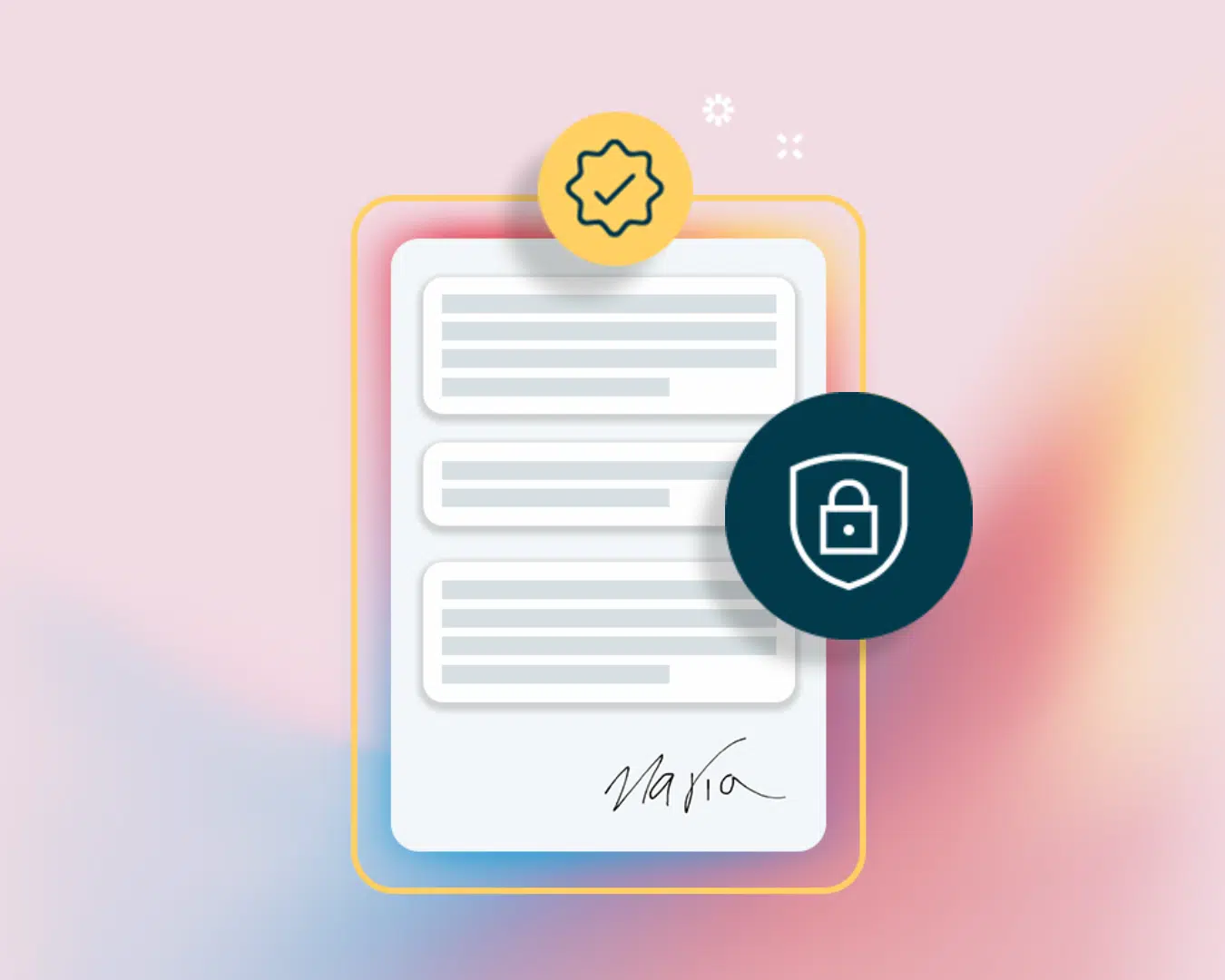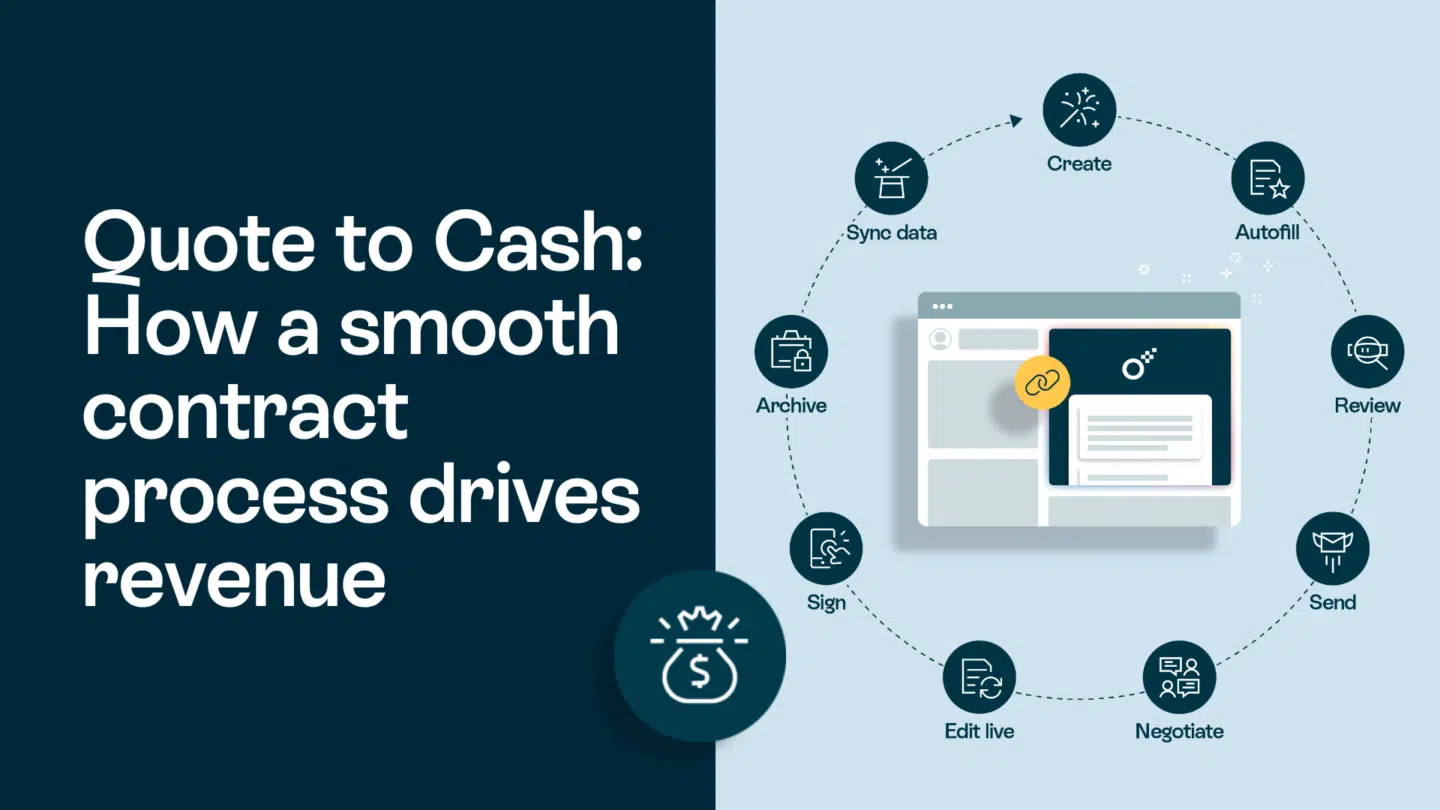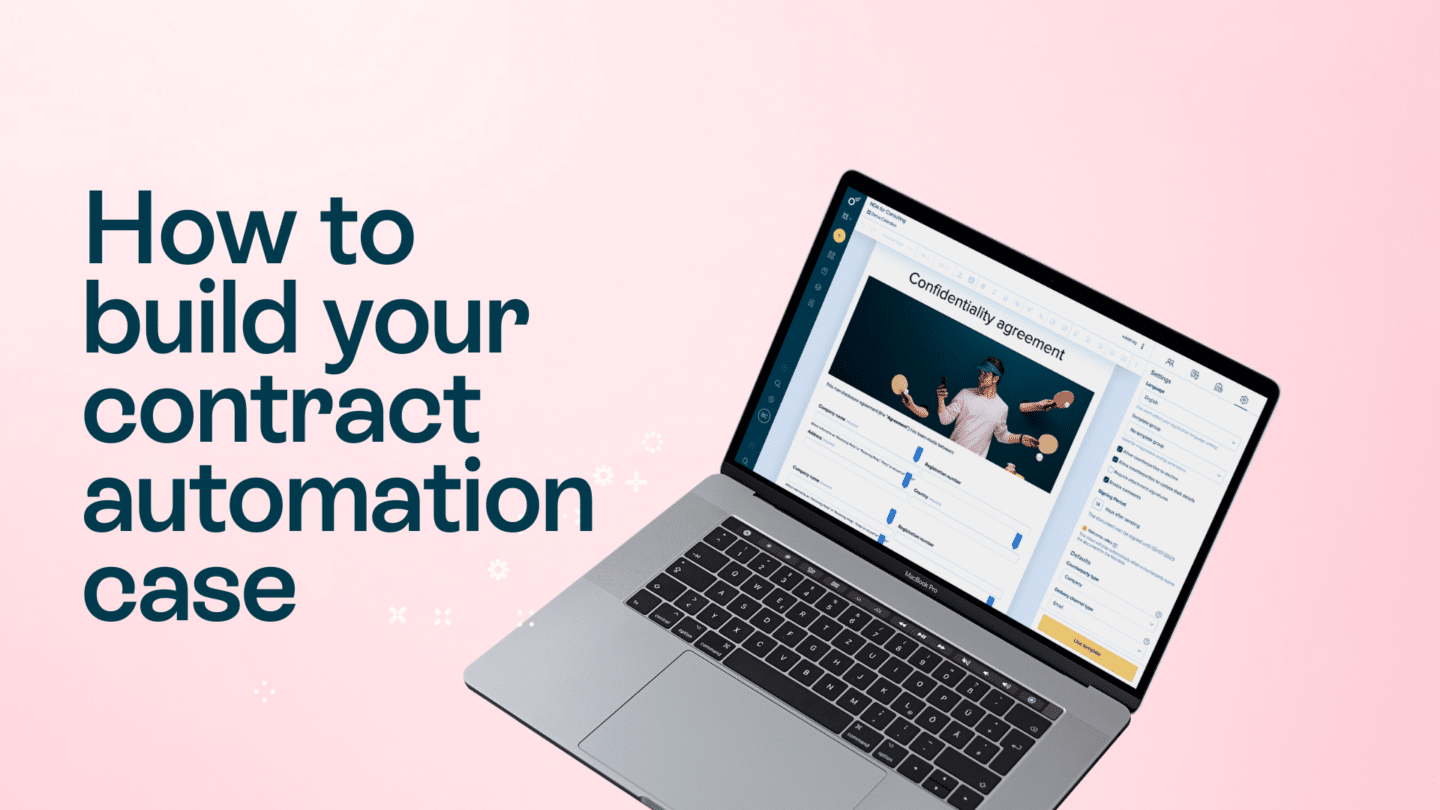Today’s workforce is distributed more widely than ever before.
As evidenced by a recent survey, 81% of employees want complete flexibility in when and where they work. With this in mind, a positive digital employee experience (DEX) is essential.
With a wealth of digital tools and technologies, it’s entirely possible to create an engaging remote digital experience and company culture. The end goal is to retain valuable employees and run a productive business.
1. Create a digital-first culture
Creating a firm-wide digital-first culture means adopting an approach that provides your employees with the digital tools they need to drive your business forward. Digital assets help deliver seamless workflows, opportunities for skill development, supportive digital processes, and a secure and inclusive digital environment. Using online training software can streamline this process, making learning more efficient and accessible for all employees.
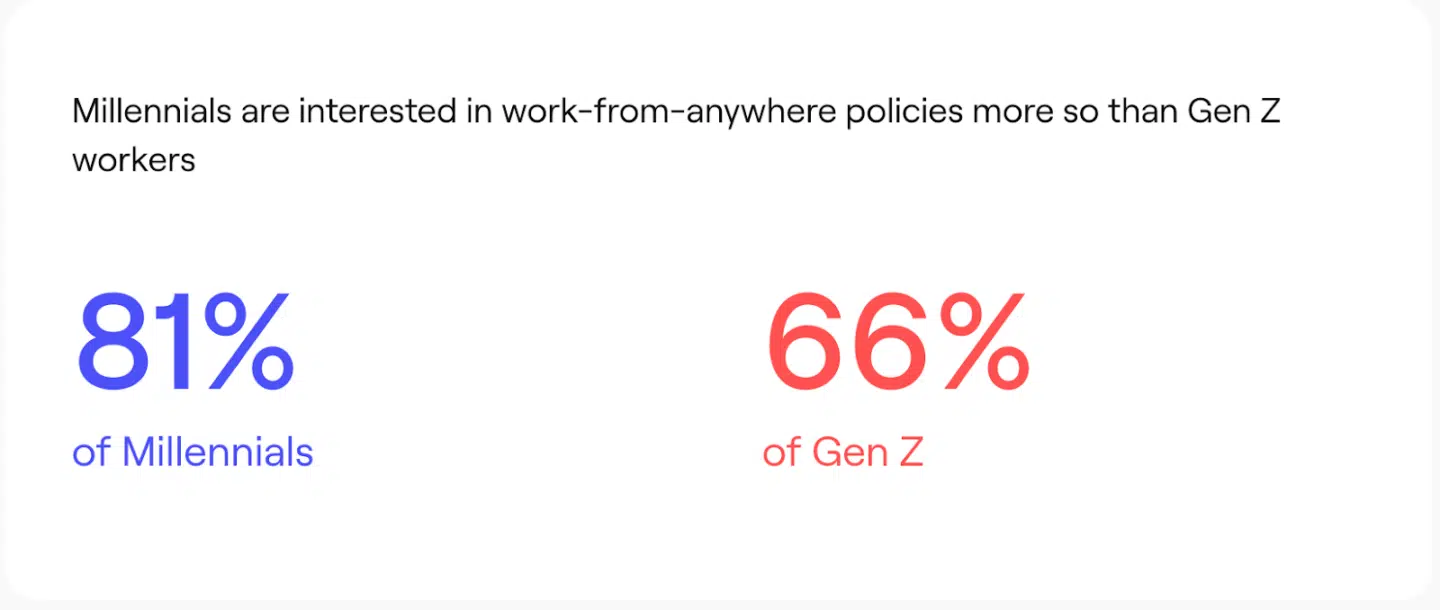
It also considers employee well-being, feedback, and recognition. A digital-first culture is a crucial aspect of the modern workplace, particularly with the emergence of the Gen Z workforce. As the youngest generation in the workforce, Gen Z employees have grown up in a highly digital and connected world, so they have unique expectations for workplace technology.
Prioritize digital channels and platforms, use data and analytics to make informed decisions, and embrace new technologies to boost business growth.
Not only can this contribute to increased employee engagement, it can also raise retention and job satisfaction rates–ultimately leading to a more successful and efficient workplace.
2.Digital employee experience: Invest in employee training and development
Developing an exceptional digital employee experience starts with the training you provide.
Providing access to important digital resources such as orientation materials, policies, and training materials online is a critical first step. This ensures that employees have the necessary resources to learn about their roles and responsibilities, understand your company’s values and culture, and develop their skills in a digital environment.
Leveraging digital platforms for virtual training and development sessions such as video conferencing tools or virtual reality technology can provide an immersive and engaging experience for their employees, even when they are working across different locations.
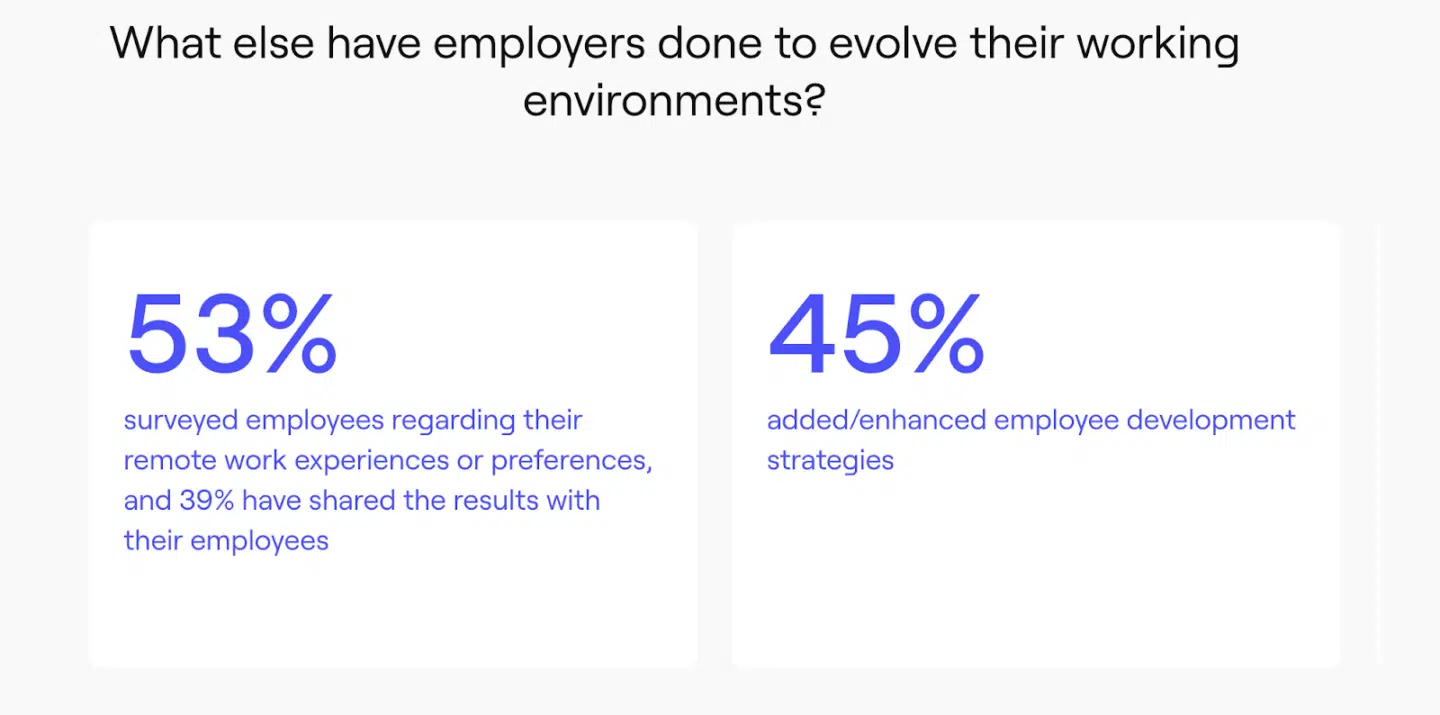
3. Foster knowledge sharing
When your workforce is distributed, you must have plans in place for a seamless flow of knowledge. Not only will it help your employees to effectively use digital tools, it’ll empower them to feel more confident in their digital skills when they’re sharing knowledge.
It’s not as simple as stopping by an employee’s desk anymore to check they’re comfortable with a new piece of software.
Develop a strategy comprising comprehensive online training materials that cover everything from basic computer skills to advanced software applications. Ensure the materials are accessible via your company’s digital learning platform, so employees can access them from anywhere with an internet connection. This enables them to learn at their own pace and according to their own schedules.
Also, consider establishing a digital mentoring program. This pairs employees with experienced digital experts who can provide guidance and support on specific digital tools and workflows. You can facilitate this type of program via video conferencing software to enable connections with mentors from any location.
Approaching knowledge sharing in this way demonstrates your business’s commitment to employee development and sets the foundations for a positive digital work culture.
4. Prioritize employee well-being
Creating a positive digital employee experience starts with prioritizing employee well-being.
This can include providing resources and programs to support employee mental and physical health, such as wellness apps, virtual fitness classes, and mental health resources. Ensure that employees have a healthy work-life balance by setting clear expectations around working hours, encouraging breaks, and discouraging after-hours work.
To do this, use attendance management software to identify employees who are working too many hours and to pick up on any workers who might need support.
Consider acknowledging and recognizing employee contributions via digital platforms or social media shout-outs to boost team morale. Don’t forget about paying your employees a living wage and offering them bonuses for a job well done. Be sure to use gross-up calculations when supplying these bonuses, as that will ensure your employees are minimally taxed.
Don’t forget about paying your employees a living wage and offering them bonuses for a job well done. Be sure to use gross-up calculations when supplying these bonuses, as that will ensure your employees are minimally taxed.
5. Implement user-friendly digital tools
Provide your employees with user-friendly digital tools. These tools should be easy to use and accessible from various devices, such as desktops, laptops, and mobile devices. Invest in technology that simplifies and streamlines work processes, such as project management tools, collaboration platforms, and communication apps.
Be sure to provide the relevant support and training for the new digital tools you introduce.
6. DEX: Encourage employee feedback and engagement
To enhance your DEX, it’s essential to collect feedback from employees via surveys and digital DEX management tools. This helps you learn what’s working and how to strive for continuous improvement.
For example, DEX management software may assess:
- Network performance during peak hours to ensure smooth and efficient operations
- Underperforming technologies and guidance on how to optimize them for better results
- Effectiveness of employees’ mobile apps and devices in supporting their daily tasks
- Usability of collaboration platforms to ensure user-friendliness and enable seamless collaboration
Look at specific KPIs that align with your DEX goals and objectives–such as employee productivity, retention, innovation, and engagement. Then track metrics such as adoption rates, usage patterns, and user satisfaction ratings to assess the success of your DEX initiatives.
Moreover, investing in a intranet platform can substantially improve communication, enhance document management, and drive better team collaboration, further bolstering your DEX efforts.
7. Improve digital employee experience: Provide remote work support
Consider things like giving employees the necessary hardware, software, and connectivity resources for effective home working. Handle HR matters from anywhere and check team availability with a timesheet system from a mobile app on your device.
Establish clear communication channels and regular check-ins to maintain connectedness and engagement. Offering flexible work arrangements can also contribute to a positive digital employee experience by promoting work-life balance and accommodating individual needs.
8. Focus on cybersecurity and data privacy
Ensure your company invests in robust cybersecurity measures–such as firewalls, encryption, and multi-factor authentication. These measures safeguard employee information and prevent data breaches. Educating employees about the importance of cybersecurity and delivering training on safe online practices helps to avoid phishing scams. Moreover, arm your teams with secure password knowledge to mitigate cybersecurity risks.
9. Embrace diversity and inclusion
Creating an inclusive digital employee experience involves valuing and respecting diversity in the workplace. Foster an inclusive culture that embraces diversity in all its forms–including race, gender, age, sexual orientation, and disability, among others. Implement diversity and inclusion training, promote diversity in recruitment and hiring, and offer employee resource groups or affinity groups.
10. Ask employees what they need
Incorporating DEX-related criteria into employee performance reviews can provide a qualitative assessment of the success of your initiatives.
In this way, there can be a two-way conversation between managers and employees. Managers can evaluate how effectively employees are using digital tools and how they are incorporating digital capabilities into their workflows. Employees can share any additional support they need to enhance their DEX.
Lead the way to digital employment experience success
Your organization’s people are the most important part of your business’s success.
Taking the time to implement a strategy to develop digital employee experiences pays dividends. From improving performance, productivity, and retention rates, to delivering easier access to learning and development, enhancing your DEX helps everyone in your business.
When you prioritize the digital employment experience, you elevate your business’s position in the marketplace. With a strong team behind you, you can strive to maintain that competitive edge in today’s digital-driven workplace.


